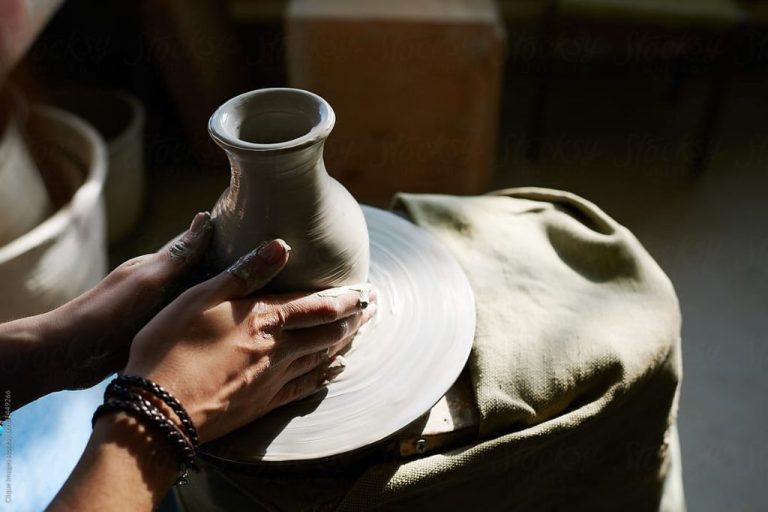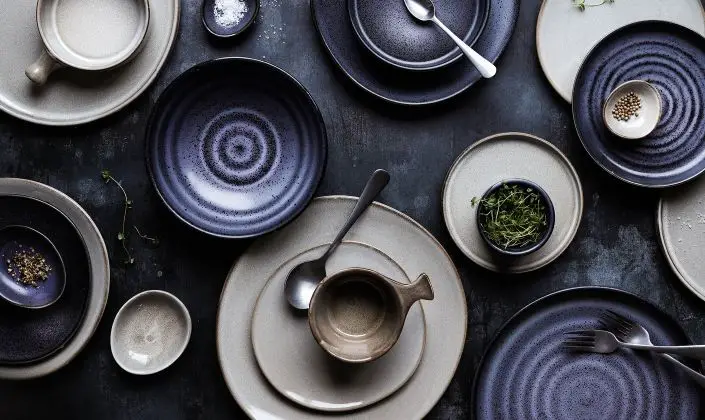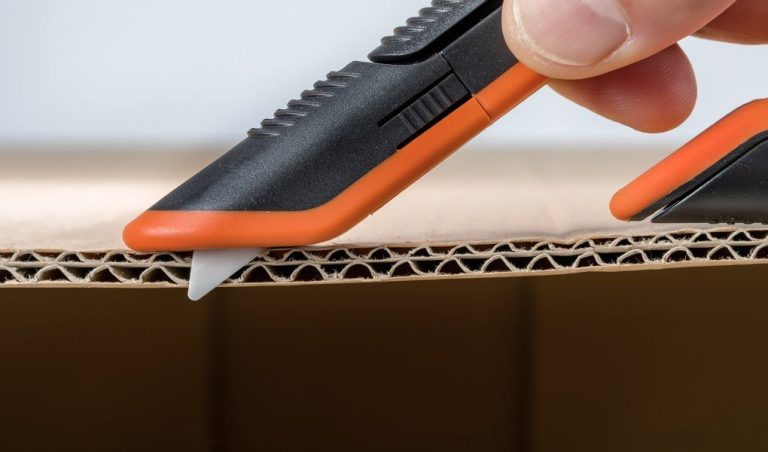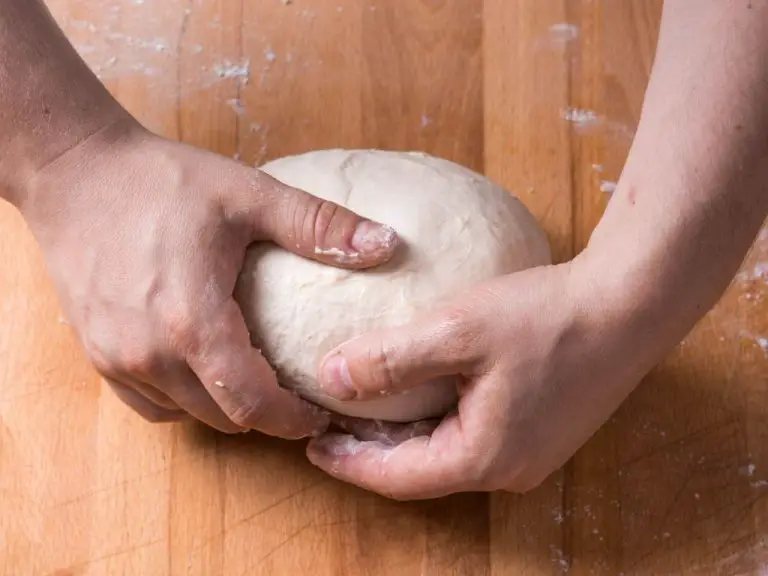What Is The Lowest Fire Type Of Clay?
Low-fire clay is a type of ceramic clay that is formulated to be fired at lower temperatures, typically between cone 06 and cone 04 (1832-1915°F or 1000-1046°C). This makes it different from mid-range and high-fire clays that can withstand much higher firing temperatures.
Clays are categorized into different types based on their maturity temperature, which is the point when the clay become vitrified or glass-like during the firing process. The main clay firing types are:
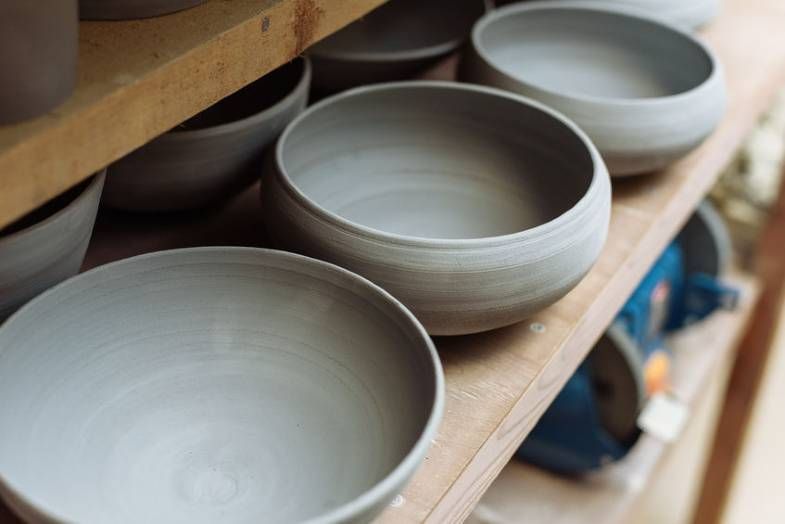
- Low-fire clays – Fire between cone 06-04 (1832-1915°F or 1000-1046°C)
- Mid-range clays – Fire between cone 4-2 (1915-2165°F or 1046-1185°C)
- High-fire clays – Fire above cone 2 (above 2165°F or 1185°C)
Low-fire clays are commonly used for pottery, ceramic crafts, architectural tiles and ornaments. Their lower firing range makes them easier to work with compared to high temperature clays. However, low-fire pieces tend to be less strong and durable.
What is Low Fire Clay?
Low fire clay is a type of clay body that can be fired at lower temperatures compared to other clays like stoneware or porcelain. According to Soul Ceramics, the average firing temperature range for low fire clay is 1,940°F (1,060°C) which corresponds to cone 04 on the pyrometric cone chart [1]. Kiln Frog states the temperature range can be between 1,700°F to 2,100°F (900°C to 1,150°C), covering cones 04 to 06 [2].
The key properties of low fire clays are that they vitrify (become glassy) at lower temperatures and are more porous than higher fire clays. This makes them easier to work with, allowing for faster firing times. They are commonly used for decorative pieces, tiles, and planters that don’t require high durability. Low fire clays can also be used to create bright colors by incorporating metal oxides and stains which get burned out at higher temperatures.
Advantages of Low Fire Clay
Low fire clays offer several advantages compared to high fire clays:
Lower costs – According to The Pottery Wheel, low fire clays require less energy when fired since they reach maturity at lower temperatures. Firing schedules for earthenware clays are cheaper than high fire stoneware or porcelain.
Faster production – Low fire pieces can be turned around quicker than high fire ones. The lower temperature means shorter firing times. Pieces also dry faster and have lower drying shrinkage.
Less risk of breakage – As noted by Crafty Chica, low fire ceramics are less prone to breaking or exploding in the kiln because they vitrify at lower temperatures. There is less thermal shock.
Disadvantages of Low Fire Clay
While low fire clay has its advantages, it also comes with some drawbacks compared to high fire clay. The main disadvantage is that low fire clay is less durable and more porous after firing.
Low fire clay, fired below 2,200°F (1,205°C), remains somewhat porous and is able to absorb water, making it less durable for functional pieces like dinnerware. The lower firing temperatures mean the clay does not vitrify and become non-porous like high fire stoneware and porcelain clays. This porosity leaves it more prone to absorbing liquids and bacteria over time if used for food servingware or vases.
The porosity also makes low fire pottery more susceptible to cracking or breaking if exposed to freezing temperatures when water has soaked into the clay. As water freezes and expands inside the clay, it can cause the pottery to crack apart.
While sealants can help protect low fire clay pieces, they may need reapplication over time as the sealant wears away with regular use and washing. The porosity and lower durability ultimately limit the functional lifespan of low fire clay pottery compared to high fire alternatives.
Sources:
https://thepotterywheel.com/low-fire-vs-high-fire-clay/
https://community.ceramicartsdaily.org/topic/14186-functional-low-fire-clay/
Types of Low Fire Clays
The two main types of low fire clays are earthenware and stoneware clays (Source). Earthenware clays are very common and one of the most accessible for beginner potters. They fire at lower temperatures, between cone 06 and cone 2. Earthenware clays tend to be quite porous, so pieces made with them need to be glazed if they will hold liquids. Some common earthenware clays are red clay, terra cotta, and some varieties of stoneware clay.
Red clay is an iron-rich earthenware clay that fires to a reddish hue. It has good plasticity and workability. Terra cotta is an earthenware clay made from sedimentary clays. It fires to a reddish orange or brown color. Some stoneware clays can also fire at low fire temperatures. These clays are less porous than earthenware clays but have similar firing ranges. Low fire stoneware clays provide more options for making functional wares that hold liquid.
The variety of low fire clays provides potters a lot of creative flexibility. Earthenware clays like red clay and terra cotta have beautiful earth tone colors when fired. Stoneware clays allow creating functional pieces. With the range of options, potters can choose the type of low fire clay that best suits their project and creative vision.
Working with Low Fire Clays
Working with low fire clays requires some special considerations compared to higher temperature clays. Here are some tips for preparation, firing, and glazing when using low fire clays:
Preparation:
- Remove any rocks or debris from the clay body before using.
- Low fire clays tend to be more porous, so wedging is important to remove air pockets.
- Avoid overworking the clay when throwing on the wheel, as it can become too soft.
- Let low fire pieces dry slowly and evenly to prevent cracking and warping.
Firing:
- Low fire clays are typically fired between Cone 06 and Cone 04.
- Ramp up the kiln slowly, no more than 200°F per hour.
- Soak the kiln at top temperature to fully vitrify the clay.
- Cool the kiln slowly, again at 200°F per hour or less.
Glazing:
- Use glazes specially formulated for low fire to avoid crawling or pinholing.
- Apply in thin, even coats and do not overload the piece.
- Low fire glazes often require longer drying time between coats.
- Multiple thin coats produce the best results over thick, gloopy coats.
Proper preparation, firing, and glazing help low fire clays achieve their full potential for beautiful finished ware.
Common Uses
Low fire clay is commonly used for a variety of decorative and functional pieces that do not require high heat durability. Some of the most common uses for low fire clay include:
Planters – Low fire clay is an excellent choice for making planters, flower pots, and other garden containers. The porous nature allows drainage and the low firing temperature keeps costs down. Planters can be sculpted, thrown, or slip cast from low fire clay.
Tiles – Low fire terra cotta and earthenware clays are commonly used to produce ceramic tiles for floors, walls, countertops, and more. The tiles can be decorated with colorful glazes and textures. Tiles do not require the durability of stoneware or porcelain.
Decorative Pieces – From sculptures and figurines to plates and vases, low fire clays offer versatility for crafting decorative objects. The lower kiln temperatures maximize glaze colors and effects. Decoration can include surface techniques like carving, stamping, and painting.
Low Fire Clay Projects
Low fire clay is a great choice for beginner clay artists because it requires lower temperatures to reach maturity, is very forgiving, and has a wide range of applications. Here are some fun and easy low fire clay projects for beginners:
Coil pots – Building coils rings and stacking them is one of the most basic handbuilding techniques. Coil building lets you easily make round pots, bowls, and vases. Decorate with stamping, carving, or painting. Check out this coil pot tutorial for beginners: https://www.thesprucecrafts.com/how-to-make-coil-pots-4122110
Slab boxes – Slab building involves rolling out clay into flat sheets or slabs using a rolling pin. Cut out rectangle slabs and join them to make decorative boxes. Add texture with stamps and patterns. Get step-by-step instructions here: https://ceramicartsnetwork.org/daily/article/Slab-Built-Boxes-A-Great-Way-to-Start-Working-with-Clay-Slabs
Mugs and cups – Crafting mugs is satisfying for beginners. Use basic pinch, coil, and slab techniques to shape the vessel. Decorate with carving, texture, or graphic patterns. Follow this beginner mug tutorial: https://www.thesprucecrafts.com/how-to-make-clay-mugs-4152943
Figurines – Sculpting small figures and animals is an enjoyable way to practice shaping skills. Use references and aim for simple forms. Add details like textures and patterns. Get tips in this figurine sculpting guide: https://ceramicartsnetwork.org/daily/pottery-making-techniques/handbuilding-techniques/how-to-make-ceramic-figurines/
With low fire clay’s versatility, beginners can create endless decorative and functional pieces to enjoy!
Buying Low Fire Clay
The best places to source and buy low fire clay are from local ceramic supply stores or online retailers that specialize in pottery supplies. Low fire clay can be purchased moist and ready to use or in a dry bag that requires rehydration before using. Some of the top online retailers that sell quality low fire clays at affordable prices include Amazon, Mid South Ceramics, and Columbus Clay.
When purchasing low fire clay, it’s important to look at the cone temperature range to ensure it fits your kiln and intended firing range. Common cone temperatures for low fire clays are 06, 04, and 02. The lower the cone number, the lower the firing temperature. It’s also key to consider the clay body characteristics like plasticity, shrinkage rate, color, and texture which impact how the clay handles and the types of projects suitable for that clay. Buying from reputable ceramic suppliers helps ensure you get high-quality, consistent low fire clay.
Low fire clays are very affordable, often ranging from $15-$35 for a 25 lb bag. Buying in bulk bags of 55 lbs or more can help lower costs further. With proper storage in airtight containers, low fire clay can keep for years. Testing small amounts of any new clay before committing to large purchases is always wise.
Conclusion
In summary, low fire clays are clays that mature and become vitrified at relatively low kiln temperatures, typically below 2,200°F (1,200°C). The main advantage of low fire clays is that they require less energy and fuel to fire, making them more accessible and economical for hobbyists and small studios. However, low fire clays can be less durable and prone to cracking compared to high fire clays. There are many different types of low fire clays to choose from with differing levels of plasticity, color, and texture. When working with low fire clays, it’s important to use glazes and slips designed for low fire temperatures to avoid under-fired results. Low fire clays are commonly used for decorative pieces, tiles, planters and garden pots, and small functional wares that don’t require high durability. With the right understanding of their properties and limitations, low fire clays can be an excellent choice for artists on a budget or looking for quicker turnaround times compared to high fire options.
In conclusion, low fire clays offer distinct advantages in terms of accessibility and lower firing costs compared to other clays, making them a great choice for hobbyists, small studios, and decorative wares. With the right glazes and firing approach, beautiful and functional low fire ceramics can be achieved.

